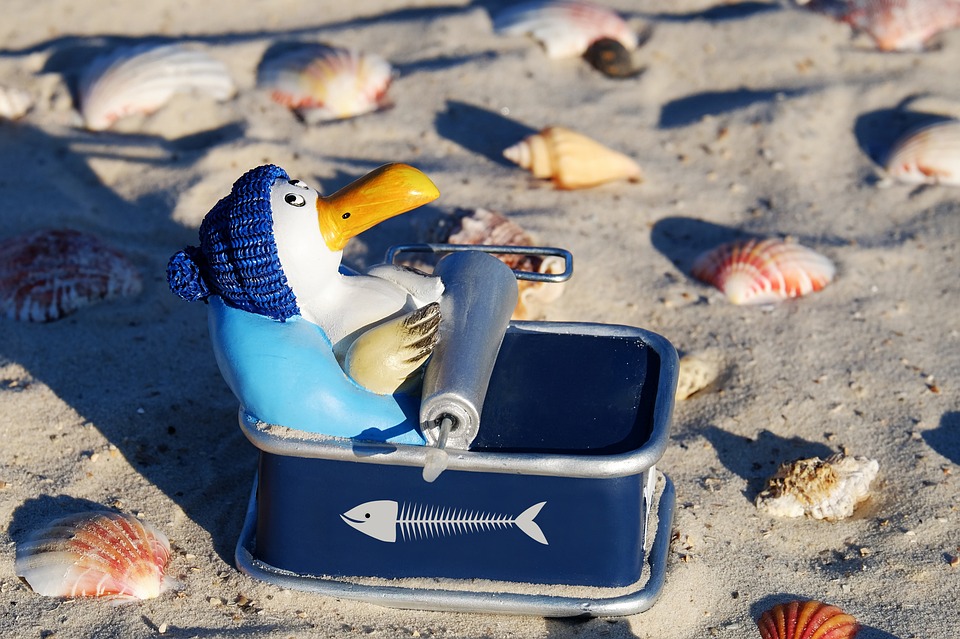Setting up a fish tank with proper filtration is crucial for maintaining a healthy and thriving shrimp community. Shrimps are sensitive creatures that require specific water conditions to thrive, and a well-designed filtration system plays a vital role in maintaining water quality. In this article, we will guide you through the process of properly setting up a fish tank with suitable filtration for shrimp to ensure their well-being. We will also address some frequently asked questions at the end to provide you with a comprehensive understanding of this topic.
1. Choosing the Right Tank Size
The first step in setting up a shrimp tank with proper filtration is selecting the right tank size. Shrimps require sufficient space to move around and explore. A general rule of thumb is to allow a minimum of 5 gallons (19 liters) of water for every 10 to 15 adult shrimp. However, keep in mind that larger tanks provide more stable water parameters, making it easier to maintain ideal conditions for your shrimps.
2. Selecting the Appropriate Filtration System
When it comes to filtration for shrimp tanks, a gentle and efficient system is necessary. Shrimps are delicate creatures, and strong currents can stress or harm them. Here are a few filtration options suitable for shrimp tanks:
a. Sponge Filters: Sponge filters are widely used in shrimp tanks due to their gentle water flow and excellent biological filtration capabilities. They provide a large surface area for beneficial bacteria to grow, promoting the breakdown of waste materials.
b. Hang-on-Back (HOB) Filters: HOB filters are another popular choice for shrimp tanks. Opt for models with adjustable flow rates or baffles to reduce water movement and ensure a calm environment for your shrimps.
c. Canister Filters: Canister filters are efficient and versatile filtration systems suitable for larger shrimp tanks. They provide mechanical, chemical, and biological filtration, but it is important to select one with adjustable flow rates to prevent strong currents.
3. Installing and Setting Up the Filtration System
Once you have chosen the appropriate filtration system, follow these steps to install and set it up:
a. Rinse the filter media: Rinse the filter media (sponge, biomedia, or carbon) with dechlorinated water to remove any dust or debris. This step helps prevent clouding of the water in your shrimp tank.
b. Place the filter in the tank: Position the filter in an area with optimal water circulation, such as the back corner of the tank. Ensure that the intake tube is fully submerged, and the outlet is positioned to create gentle water movement.
c. Connect the filter to a power source: Plug in the filter and adjust the flow rate if possible. Start with a low flow rate and gradually increase it, observing the impact on your shrimp’s behavior. Avoid sudden changes that may stress your shrimps.
FAQs – Setting up a Fish Tank with Proper Filtration for Shrimp
Q1: How often should I clean the filter in a shrimp tank?
A: Cleaning the filter depends on the type of filtration system you have. Generally, it is recommended to rinse sponge filters once a month and replace them every 6-12 months. Canister filters usually require maintenance every 2-3 months, while HOB filters may need cleaning every month or so. However, always monitor the filter’s performance and adjust the cleaning frequency accordingly.
Q2: Can I use activated carbon in my shrimp tank’s filtration system?
A: While activated carbon can effectively remove impurities and odors from the water, it is not necessary for shrimp tanks unless you need to remove specific medications or chemicals. Carbon can also remove beneficial minerals, potentially affecting water parameters. If you decide to use activated carbon, ensure it does not come into direct contact with shrimps.
Q3: What should I do if my filtration system creates too much water flow for my shrimps?
A: If your filtration system produces excessive water flow, you can try reducing it by adding a pre-filter sponge to the intake tube. This sponge will act as a barrier, diffusing the water flow and creating a gentler environment for your shrimps. Alternatively, consider adjusting the flow rate on adjustable filters or installing a baffle to redirect the water flow.
Setting up a fish tank with proper filtration for shrimp is essential for their well-being and overall health. By choosing the right tank size, selecting suitable filtration systems, and properly installing them, you can create a thriving environment for your shrimp community. Remember to monitor water parameters regularly and adjust filtration maintenance accordingly. Happy shrimp-keeping!
Sources:
– Source 1: The Beginner’s Guide to Shrimp Keeping
– Source 2: Shrimp Tank Filtration
– Source 3: Filtration Methods for Shrimp Tanks









